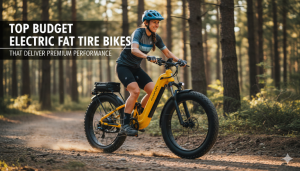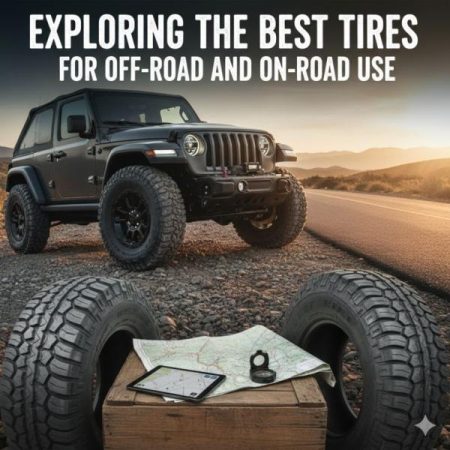Many factors affect your vehicle’s offroad performance. However, its tires, wheels and suspension system contribute significantly to how it rides and handles. It’s no wonder, then, why so many offroaders choose to upgrade these components and systems first. So how do you make the best upgrade choices for your vehicle? This brief guide offers some helpful hints.
Prep For Your Terrain
Your vehicle’s ride quality is a direct result of two things: terrain characteristics plus how well your vehicle’s equipped to deal with them. Each surface is different when it comes to ground softness and consistency, slope, composition and moisture. Besides those qualities, you must also consider trail obstacles: large rocks, tree roots, water, fallen branches and thick vegetation.
When prepping for your ride, you must consider the type of suspension on your vehicle. Suspension systems come in many styles, but the two most common are air ride and spring ride. Air ride suspension is the usual choice for newer vehicles, using an assembly of lines, valves and air spring bags to dampen shock and maintain proper ride height. In contrast, spring ride systems incorporate leaf packs — flexible steel strips shaped like hammocks and connected in multiple layers. Some older vehicles still use coil springs to absorb shock instead of lead springs.
Each of these systems offers unique benefits. Coil suspensions permit more movement but aren’t ideal for heavy cargo loads. Leaf spring systems are easier to set up and can handle heavier cargo, but they may not allow your wheels to connect with the ground as much when offroading. Air ride suspensions maintain consistent ride height and can be adjusted for your riding conditions. The main drawback is cost: Air ride suspensions are more expensive to install, maintain and repair.
Inspect Your Tires Beforehand
You’ve already seen how terrain surfaces can affect ride quality in your vehicle. Traction and hardness are two critical aspects that should inform your choice of off road tires. Key characteristics to examine while buying tires include:
- Tread style
- Tread depth
- Tire compound
- Sidewall design
Depending on your riding conditions and performance goals, you may wish to explore complete rim and tire packages. You’ll typically find these at aftermarket auto parts and accessories retailers, assembled by the dealer by combining specific wheel types and tire models. Sometimes, they both come from the same brand — Pro Comp tires and rims, for instance. This isn’t always the case, as the dealer wants to match rims and tires designed to hold up under similar riding conditions.
Other Issues To Consider
Once you’ve given thought to your suspension, wheels and tires, you don’t have to stop there. Many offroaders install suspension lifts to increase their ride height, achieve better ground clearance, equip larger tires and improve their ability to navigate trail obstacles. You’ll need to ensure that the lift you choose is compatible with your vehicle’s type of suspension, whether you have the original stock system or you’ve changed to a different style. No matter what kinds of mods you install, be sure to choose your gear from a reputable dealer specializing in offroad parts and accessories.






